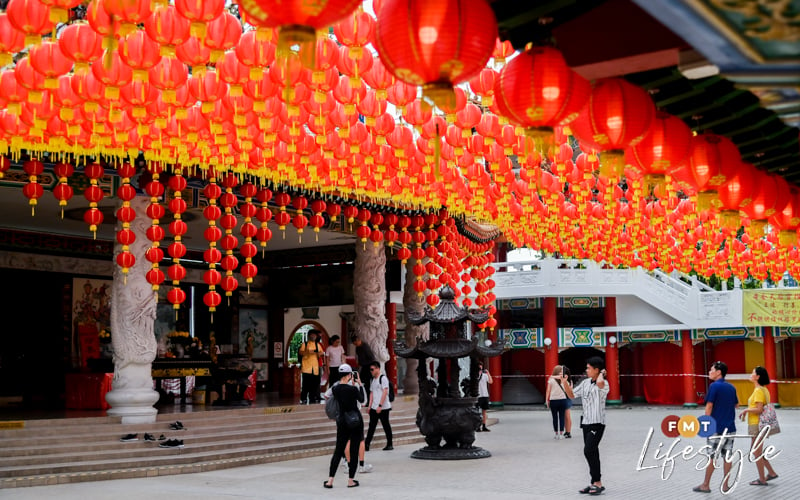
KUALA LUMPUR: Chinese New Year is tomorrow and many Malaysians are frantically pursuing last-minute preparations to usher in the auspicious Year of the Dragon.
During this time, many Chinese families visit temples, hoping to gain divine favour for the new year.
One such temple receiving a massive influx of visitors, both local and foreign, is Kuala Lumpur’s Thean Hou Temple.
Despite its prominent location overlooking the busy Jalan Syed Putra, many are unaware of its presence. That said, Thean Hou is by no means obscure, often appearing on local tourism brochures that highlight it as a must-visit.
Some people recommend a visit during the Chinese New Year season as this is when the temple is at its most breath-taking, lined with bright red lanterns strung from roof to roof.
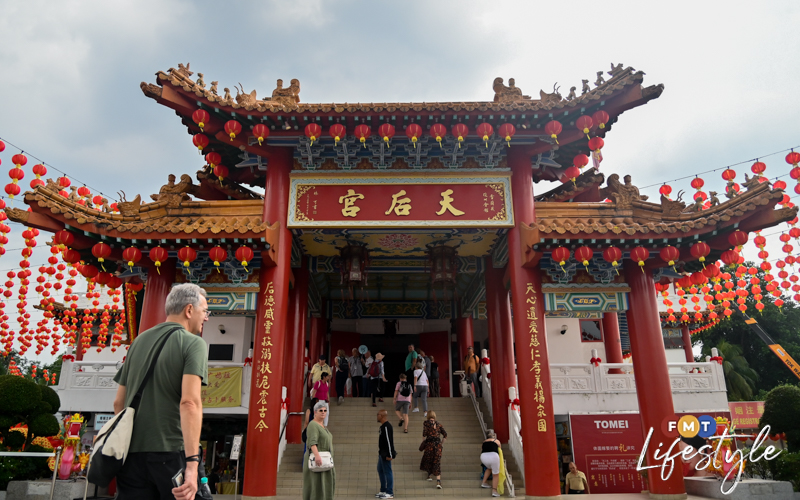
The temple is also at its busiest, with local worshippers as well as those from Taiwan, China and Vietnam, thronging its stairways and halls.
FMT Lifestyle paid a visit to the temple recently to learn what draws people to this particular house of worship.
Established in 1981 and opened in 1989, Thean Hou is owned and run by the Selangor and Federal Territory Hainan Association.
Indeed, the temple is dedicated to the worship of Mazu, a Chinese sea goddess who was the patron of sailors and fishermen.
The temple does house shrines of other deities as well, with Guan Yin, the Goddess of Mercy, sharing the main temple hall with Mazu.
Interestingly, the third occupant of the prayer hall is a deity exclusive to the Hainanese community, Shui Wei Sheng Niang.
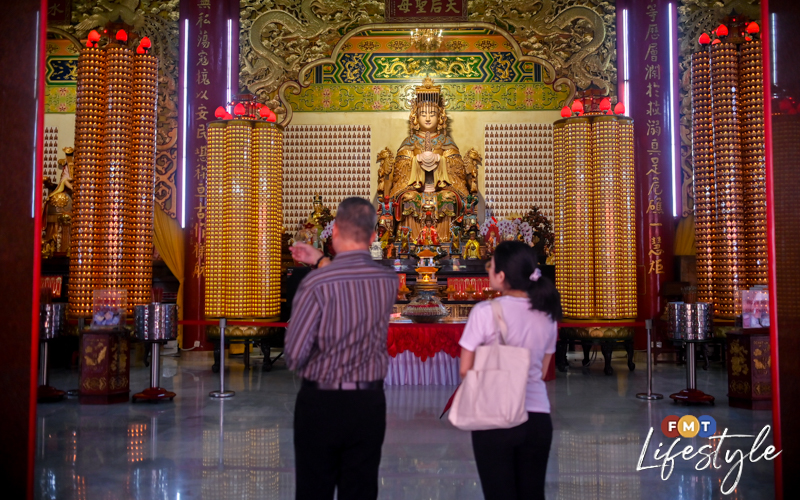
Believed to protect seafarers, the goddess was understandably worshipped by the ancestors of Hainanese Malaysians as they crossed the perilous South China Sea to reach Malayan shores.
Even if you are not among the faithful, the hall’s beautiful architecture is worth admiring, with its high ceilings so beautifully carved and painted.
If you step inside for a closer look at the details, you may notice eight towers built with transparent blocks lit up from within.
Each block is paid for by a devotee, with a prayer often attached to each. The demand for a block was apparently so great, that two towers were added to the original six.
Apart from the mesmerising architecture, there are Chinese fortune sticks at the temple too. Traditionally, these are bamboo containers holding 78 of these numbered sticks labelled with one’s future.
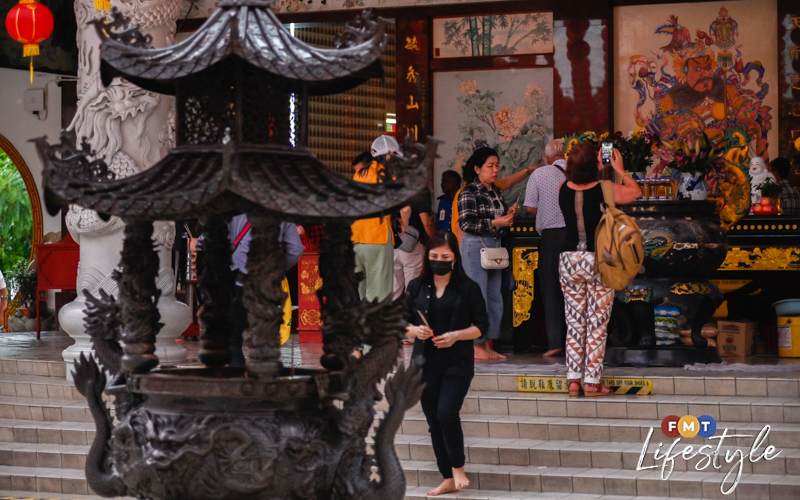
Funnily enough, Thean Hou has a self-service variant in the prayer hall, with the sticks stored in large metal cylinders with built-in drawers.
Pick the stick that you are drawn to, open a drawer with a corresponding number and find out just what the future holds for you.
The temple grounds are also worth exploring, with the Chinese medicinal herb garden, tortoise pond and wishing well often drawing scores of visitors.
Close to the entrance are twelve animal statues, each representing one of the Chinese zodiac animals.
FMT Lifestyle spoke to Nyam Tee Aik, the Chinese New Year organising committee chairman, to learn a little more about Thean Hou.
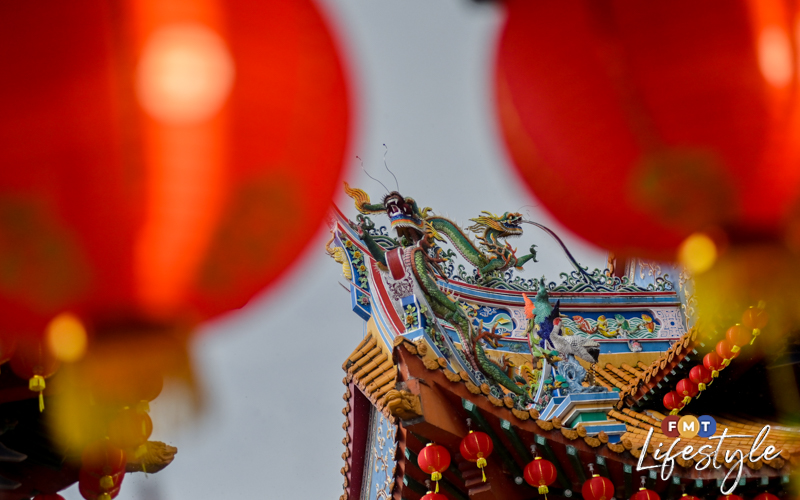
“Even when the temple first opened, it was already a tourist destination, with devotees’ donations providing us with funds to continue beautifying the place,” he said.
“Mind you, we can receive thousands of visitors a month, coming here in the busloads. Recently, lots of Vietnamese visitors came to pay their respects to Mazu.”
The extensive decorations, he said, are a means for the Hainanese association to promote the beauty of Chinese culture.
“We also want to provide a place for the Chinese community to have a nice spot to gather and pray during important festivals.”
And his wish for this Chinese New Year? “It’s cheesy and clichéd, but I think it is most important to wish for everyone’s continued happiness and good health.”
Like Nyam, FMT Lifestyle wishes everyone continued happiness and good health in the Year of the Dragon.
Thean Hou Temple
65, Persiaran Endah
Taman Persiaran Desa
50460 Kuala Lumpur
WP Kuala Lumpur
Opening hours: 8pm-8am daily
Contact: 03-22747088
-FMT


No comments:
Post a Comment
Note: Only a member of this blog may post a comment.